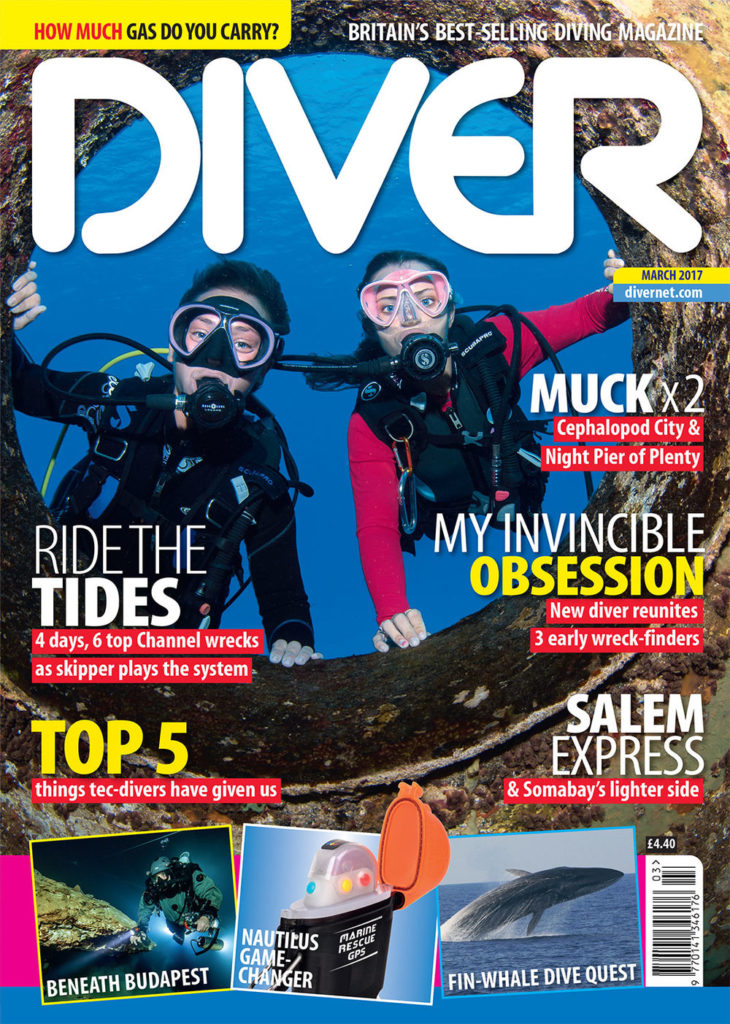THE FINAL ACTIVITY of our Caymans trip (apart from the wedding itself), was a night-time bioluminescent kayaking tour.
Under an awesome starry sky, we made our way quietly out from Rum Point into the darkness of the bay, where our guide told us to take our paddles and stir up the sand beneath us. Puzzled, we prodded at the murk below.
As we did so, the sand began to sparkle as if we’d uncovered a layer of diamonds. These are known as “disco crabs” by the kayaking guides.
As soon as we stopped prodding at the bottom the glitter “disco” faded and we began to make our way towards the real reason for our trip – the rare and secluded Bioluminescence Bay.
We didn’t notice at first that, as we moved into the bay, our paddle-strokes were becoming more obvious, as if bubbles were coming off the blade as it moved through the dark water.
As we glided further into the centre of the bay and away from the open ocean, the faint greenish “bubbles” – which were in fact plankton – slowly grew brighter.
Like fireflies, these microscopic organisms (a type of dinoflagellate called Pyrodinium bahamanse) can create and emit their own light energy, so they can glow in total darkness if touched by or interacting with anything else in the water.
It looks like magic, but this is actually a clever form of predator avoidance. To stop fish eating them, each organism will light up the water around 100 times their normal size in the hope of attracting a larger fish to eat its attacker.
So as our paddles interacted with these tiny organisms, bright phosphorescent swirls erupted through the darkness.
We dipped our fingers into the water, and before long were reaching in with our whole arms to watch the incredible effect.
By this point the bioluminescence was practically neon against the black water. Scooping up water that sparkled like fairy dust in our palms, we scattered the glitter and watched the shimmering ripples it made against the darkness as it splashed across the bay.
Within the bay, there are up to a million of these magical organisms per gallon of water, giving an idea of the spectacle you might experience if you went on this trip on a rainy night. By all accounts it’s something to behold, as the entire surface of the water glows and swirls in the rain.
Bioluminescence also occurs in the open sea, as night-divers know, but this bay’s isolation protects the micro-organisms from being flushed out by wind and tides, making the phenomenon much brighter and more striking there.
It was a magical experience and stole the show, even from the colourful reefs, breathtaking coral walls and spectacular drop-offs on our dives.
To read the entire article click here



